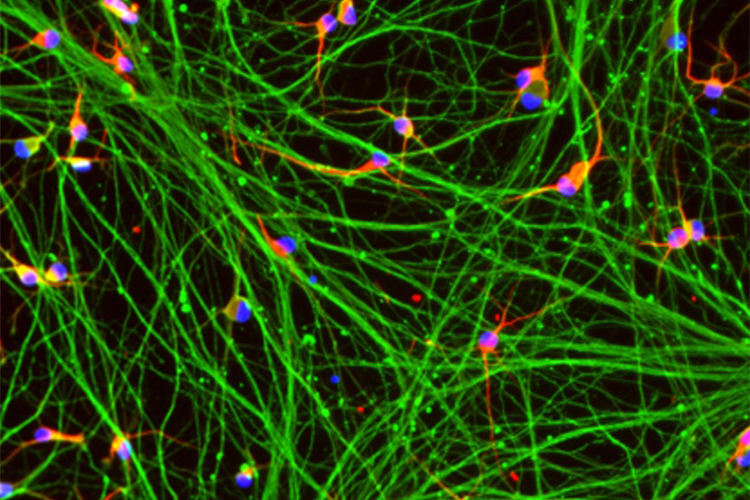Huntington’s disease: danger of repeated DNA sequences
Posted: 9 November 2023 | Drug Target Review | No comments yet
Scientists find a way to slow the progression of Huntington’s disease by analysing DNA and find the basis of a potential treatment.


UC Riverside researchers have demonstrated a way to slow the progression of Huntington’s disease in flies and worms. This fatal disease causes involuntary movements and dementia.
The way that genetic information is changed from DNA into RNA and then into proteins is crucial for understanding these advancements. DNA is composed of chemicals called nucleotides: adenine (A), thymine (T), guanine (G), and cytosine (C). The order of these nucleotides determines what biological instructions are contained in a strand of DNA.
Sometimes, DNA nucleotides repeat themselves and expand the DNA strand. In Huntington’s disease, this expansion happens with three nucleotides: cytosine-adenine-guanine, or CAG.
Biomarkers aren’t just supporting drug discovery – they’re driving it
FREE market report
From smarter trials to faster insights, this report unpacks the science, strategy and real-world impact behind the next generation of precision therapies.
What you’ll unlock:
- How biomarkers are guiding dose selection and early efficacy decisions in complex trials
- Why multi-omics, liquid biopsy and digital tools are redefining the discovery process
- What makes lab data regulatory-ready and why alignment matters from day one
Explore how biomarkers are shaping early drug development
Access the full report – it’s free!
If repeated CAG sequences expand into an extraordinary number, it is associated with earlier onset and increased severity of Huntington’s disease symptoms. This was also observed for numerous other neurodegenerative diseases.
When these DNA repeats are translated into RNA, a dangerous side effect occurs. The cell chemically modifies the extra RNA buildup, and Dr Yinsheng Wang, UCR Professor of Chemistry, and his collaborators, learned that the modified RNA has an essential role in neurodegeneration.
Dr Wang said: “We are first to discover that a type of chemical modification, called methylation, occurs more frequently with extra repeats in RNA. Then we see abnormal distribution and buildup of a particular protein in cells.” He continued: “In other words, methylation converts an important cellular protein into waste.”
The researcher’s findings are similar to observations made for the same protein in brain tissues of Huntington’s disease, ALS and frontotemporal dementia patients. Longer RNA repeats mean a higher modification rate, which generates more protein waste and exacerbates disease.
“Even healthy people have up to 34 CAG repeats on a particular gene, the HTT gene,” Wang explained. “However, due to environmental or genetic causes, there might be as many as 100 CAG repeats in the cells of people with Huntington’s disease.”
The study details how RNA methylation on CAG repeats is implicated in the complex mechanism underlying Huntington’s disease. It also explains how the researchers greatly reduced the progression of disease in worms and fruit flies and extended the lifespan of flies by introducing a protein into cells that removes methylation.
Presently, there is no way to cure or slow the progression of Huntington disease, with only medications to help with some symptoms given. While this breakthrough is not a cure, it shows the potential of an effective therapy where none currently exists.
The team is now exploring for small molecules that can inhibit methylation and form the basis of a Huntington’s therapy. Other fatal degenerative diseases could also be treated, such as ALS and types of spinocerebellar ataxia.
“We don’t think the mechanisms we studied are the only ones that contribute to Huntington’s,” Wang said. “However, we have shown that by targeting them we can reduce the disease in model organisms, which could lead to longer, better lives for those who suffer from this and potentially other diseases as well.”
The study was published in Nature.
Related topics
DNA, Neurosciences, RNAs
Related conditions
Amyotrophic Lateral Sclerosis (ALS), frontotemporal dementia (FTD), Huntington's disease, spinocerebellar ataxia (SCA)
Related organisations
University of California Riverside (UCR)
Related people
Dr Yinsheng Wang (UCR)







